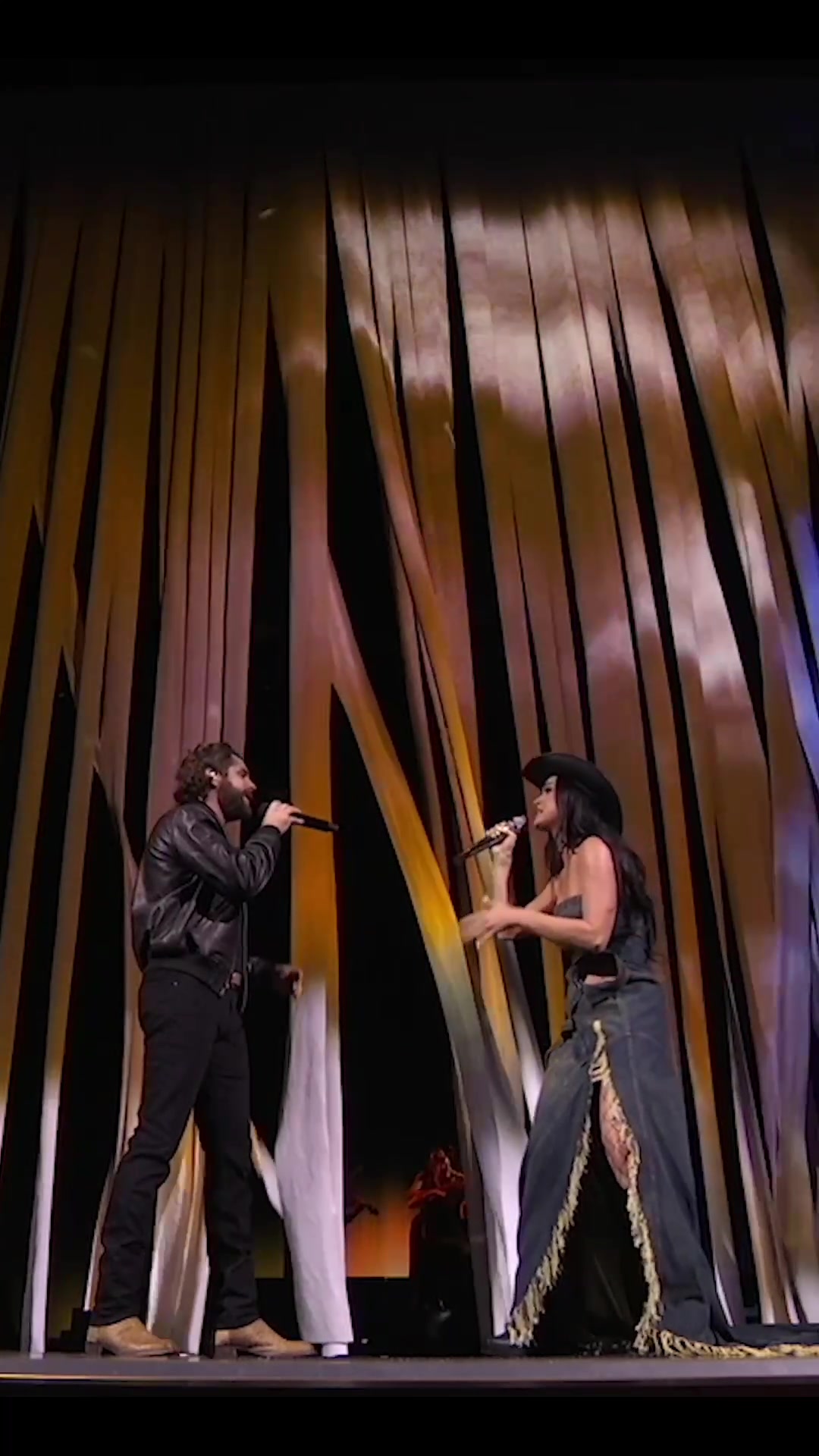0 Views· 09 September 2022
New Suzuki Vitara Hybrid 2020 Review
Advertisement
New Suzuki Vitara Hybrid 2020 Review.
First introduced in 2015, the Suzuki Vitara has earned high acclaim for its stylish, authentic SUV design, compact and easy to manage dimensions, good on-road performance and genuine off-road capability. The Vitara recieved various styling and safety upgrades in early 2019 and the 2020 model offers an even higher standard specification with Hybrid technology now fitted as standard.
The Vitara is produced at the Magyar Suzuki plant in Hungary. This plant also produces all S-Cross models for European markets as well as exports around the world.
Exterior design
The Vitara expresses Suzuki’s SUV styling heritage in a strong looking design. The clamshell bonnet (a hallmark of Vitara models) gives the front end a look of solidity, and a trapezoid motif front bumper indicates powerful grip on the ground. Pronounced body side character lines and bonnet side louvres form motifs are reminiscent of the first generation Vitara from 1988.
Suzuki’s pursuit of good aerodynamics is reflected in optimally designed bumpers, in a roof line that slopes smoothly downward toward the rear, in flat underbody surfaces, and in specially shaped side mirrors based on the results of airflow analysis. New LED design headlamps have now been incorporated across the range for the 2020 Hybrid model. This follows on from modifications in 2019 which included a new, more elegant front face with redesigned grille, lower bumper and redesigned rear lamps with a distinctive LED display..
1.4-litre K14D Boosterjet turbocharged engine – in detail
The Boosterjet engine was developed with Suzuki’s ethos of reducing weight and size with added response and smooth power delivery to achieve the characteristics that Suzuki engines are renowned for.
The 1.4-litre engine has now been developed further for the 2020 Vitara model and is fitted to all three model grades. It is designated as K14D and incorporates a new electric Variable Valve Timing (VVT) system for the intake side as well as new design fuel injectors and a higher pressure fuel pump. The exhaust camshaft side is controlled via a conventional Hydraulic VVT actuator.
The Dual VVT system improves engine performance by continuously varying both intake and exhaust valve timing to suit engine operating conditions and the electric motor drive intake VVT has a characteristic to shift the timing phase more smoothly regardless of engine oil temperature and engine speed. The combined effect of the two VVT’s attains optimum engine power, improved fuel efficiency and lower CO2 emissions.
Offering the same level of power and torque of a much larger capacity normally aspirated engine (2.0-litre), it delivers an effortless drive and genuine driving pleasure.
Boosterjet technology is Suzuki’s own development and is characterised by improved fuel efficiency and driving pleasure made possible by using a small displacement, high torque turbocharger. By controlling the wastegate valve, which closes to create higher boost pressure during heavy load operation and remains open during normal driving, the Boosterjet system reduces pumping loss, thus achieving high levels of both power and fuel-efficiency. An air bypass valve is also utilised to prevent turbo ‘stall’ after the throttle has been closed and then quickly reopened.
Fuel is injected at a higher pressure of 360 Bar into the combustion chamber during the air intake stroke which then forms a rich mixture around the spark plug and leaner mixture around the outer edge of the piston. The tumble flow of the fuel is created by utilising a straight intake port and a complex shape piston crown design.
A variable fuel control system is also utilised that optimally monitors fuel injection pressure according to the driving situation. By widening the range of fuel injection, PM (Particulate Matter) and PN (Particulate Number) emissions are reduced across the low to high engine speed ranges. This helps promote fuel atomisation and also improves fuel combustion efficiency.
The K14D Boosterjet engine has been developed with Suzuki’s ethos of reducing weight and size with added response and smooth power delivery to achieve the characteristics that Suzuki engines are renowned for.
During development, Suzuki’s engineers virtually eliminated the typical delay in turbo power delivery or ‘lag’ by attaching the compact turbo charger directly to the cylinder head as well as incorporating the exhaust manifold into the cylinder head casting. This design ensures optimum gas flow with minimal heat loss through to the turbo unit which has a boost pressure of 1.1 Bar.
Historically, power and torque delivery from a turbo-charged engine would not have been available until much higher engine speeds, offering less flexibility to the driver. This is now enhanced even further with the adoption of the 48V hybrid system.
#SDADan #vitara #suzuki #suzukivitara #hybrid #cars #auto
Up next
Advertisement
























![ZLATAN IBRAHIMOVIC free kicks evolution [PES 2 - PES 2020]](https://i.ytimg.com/vi/UlpsNumks-8/maxresdefault.jpg)


0 Comments